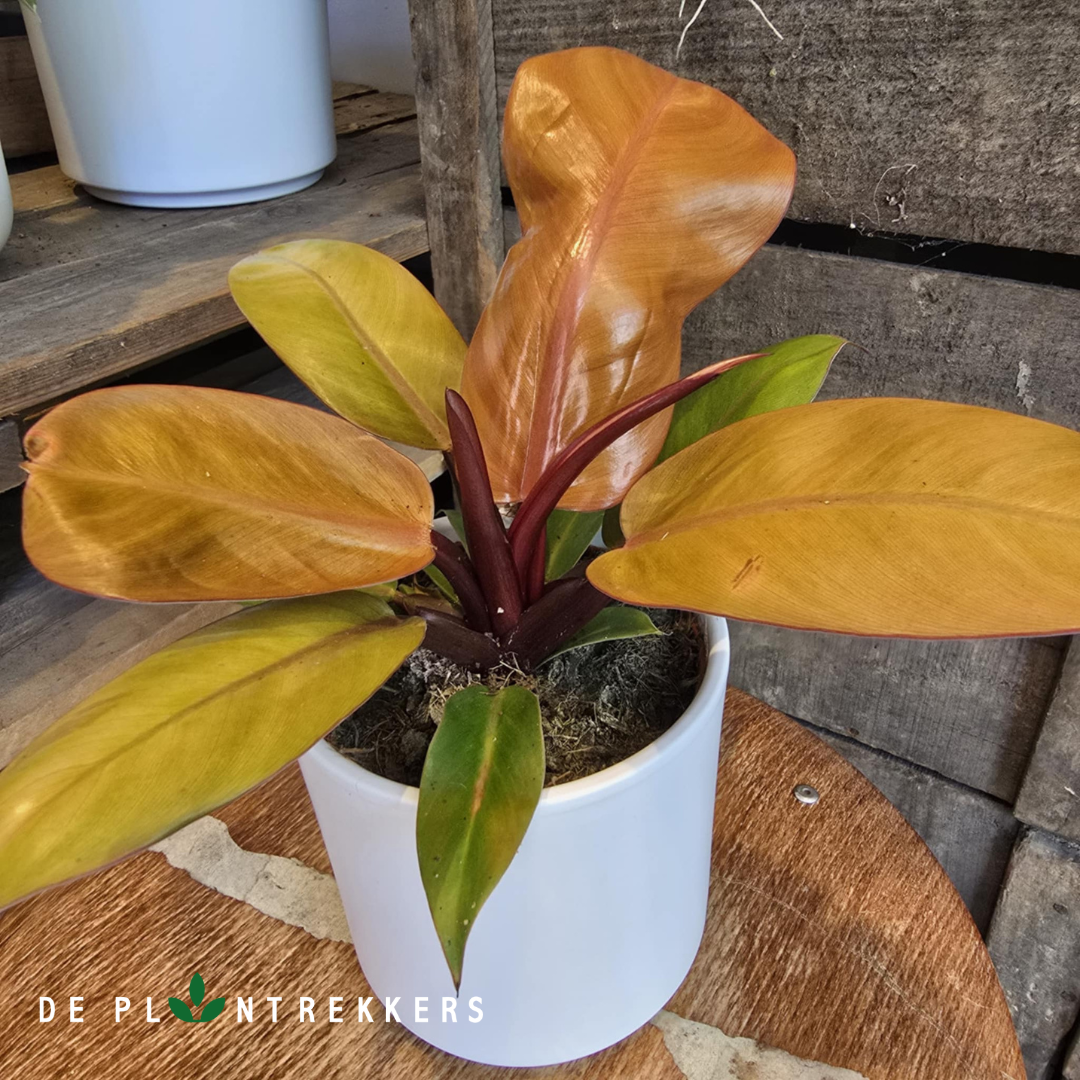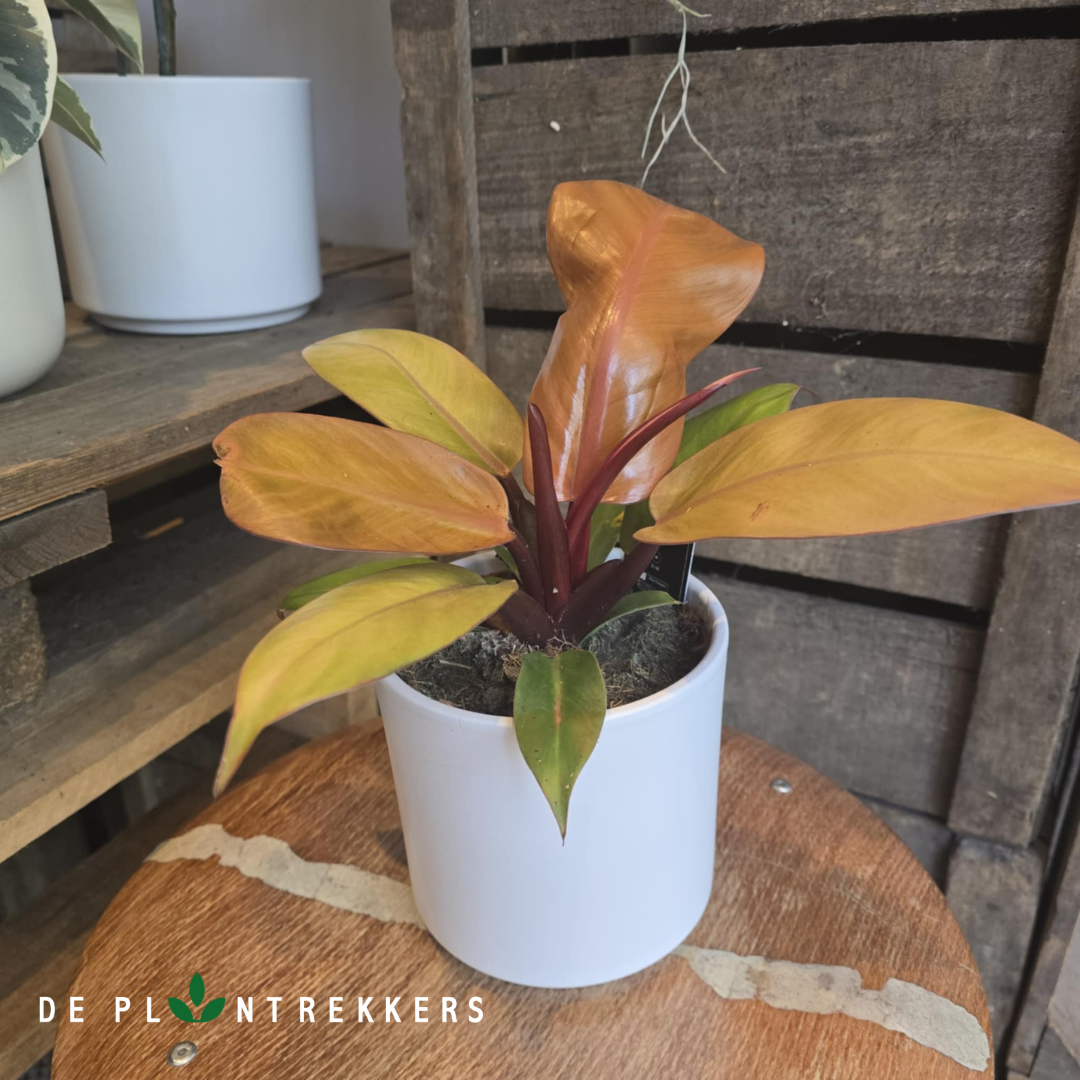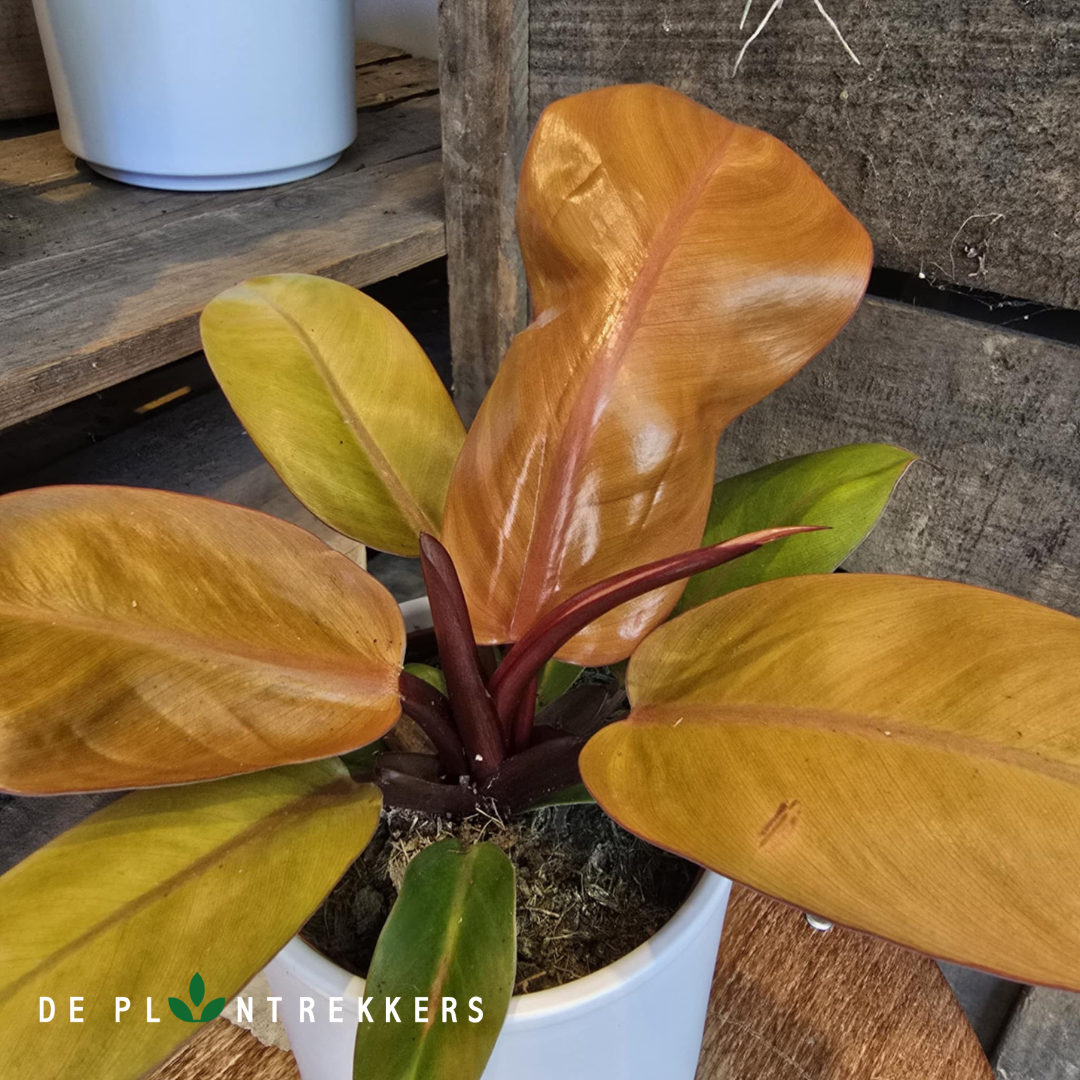Philodendron 'Prince of Orange'
Philodendron 'Prince of Orange'
Rated 4.9 ⭐ by 100 satisfied customers on Google
Currently in stock
Couldn't load pickup availability
- Home delivery throughout Belgium.
- Collection in Leuven possible
- Orange splendor for your living room
- Lifelong help for all your plant questions
The Philodendron 'Prince of Orange' is a colorful eye-catcher with vibrant orange-hued new leaves that fade to a warm green over time. This tropical beauty adds a playful touch to any room and complements both modern and classic interiors perfectly. Its easy care makes it ideal for those new to houseplants but still want to make a statement. Discover other striking hanging plants in our collection, such as the Monstera Minima or the Pothos Pictus, through our philodendron-buy collection.
Philodendron 'Prince of Orange' combines beauty with ease of care. It thrives in indirect light and doesn't need to be constantly watered. With a few simple care instructions, you can bring a healthy plant into your home that will continue to surprise you year after year. Pair it with Aglaonema Silver Bay or Alocasia Zebrina, for example, for a tropical touch in your home.
How to care for a Philodendron 'Prince of Orange'
Watering
Philodendron 'Prince of Orange' prefers an evenly moist substrate, without its roots sitting in stagnant water. Water about once a week, depending on the room temperature and humidity. Always check the top 2 cm of the potting soil first; if it feels dry, it's time to water. For added convenience, you can also use our Elho watering can.
Light
Philodendron 'Prince of Orange' thrives in bright, indirect light. Direct sunlight can burn the young orange leaves and cause brown spots. Place the plant near an east- or west-facing window, or use a sheer curtain to filter the sunlight. If there's too little light, the leaves will lose their desired color tones and the plant will grow less compactly.
Frequently Asked Questions
Is the Philodendron 'Prince of Orange' poisonous?
Yes, like most philodendrons, this plant contains calcium oxalate crystals that can cause irritation to the mouth and throat if ingested. For added safety, keep the plant away from curious pets and small children. Feel free to check out our list of non-toxic, pet-safe houseplants if you're looking for an alternative.
What different types are there?
Philodendrons come in many shapes, colors, and growth styles. Below are some popular varieties from our collection of philodendrons for sale:
- Philodendron Pink Princess
- Philodendron Green Princess
- Philodendron Birkin
- Philodendron Scandens 'Micans'
- Philodendron Hastatum
- Philodendron Lemon Lime
- Philodendron Selloum
Frequently occurring problems
Yellow leaves
Yellow leaves on your Philodendron 'Prince of Orange' often indicate overwatering or insufficient light. Check the moisture in the potting soil and adjust your watering routine to prevent the plant from getting wet feet. If necessary, move the plant to a brighter location to restore its color and health.
Plant dripping moisture
If water droplets appear on the leaves, this is guttation, a normal process when humidity is very high. Reduce the humidity or improve ventilation in the room. Avoid drips on furniture by placing a saucer under the pot.
Pests
Spider mites and aphids, in particular, can nest on young leaves. Check the lower leaf edges weekly and treat any infestations with our jungle mist spray or take a look at our blog about pest control. Regular dusting with a microfiber dusting glove keeps your plant healthy.
Roots emerge from the soil
When roots grow out of the drainage holes, the plant is ready for repotting. Choose a pot one size larger and use 5L potting mix for aroids for optimal drainage and nutrition. Repot in spring, if preferred, for the best chance of recovery.
Brown edges on the leaves
Brown leaf edges often indicate low humidity or excessive direct sunlight. Increase humidity by using a humidifier, grouping houseplants together, or placing the plant on a damp pebble tray. Avoid direct sunlight from the window to prevent leaf burn.
Many plant enthusiasts combine the Philodendron 'Prince of Orange' with other tropical favorites like Monstera Deliciosa, Epipremnum Pinnatum Aureum, and Aglaonema Green Lady to create a vibrant urban jungle effect. Browse our selection at deplantrekkers.com for even more inspiration!
Share
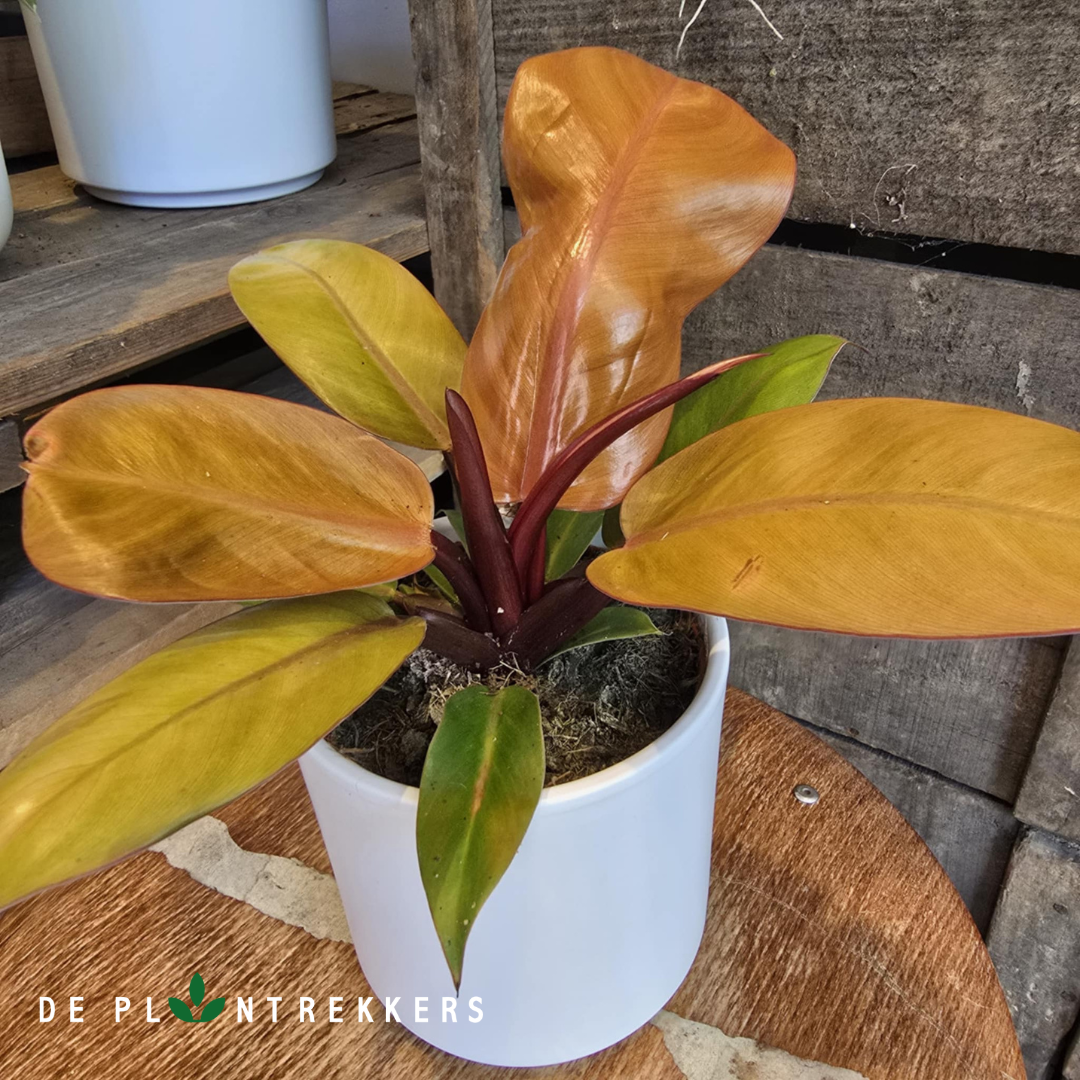

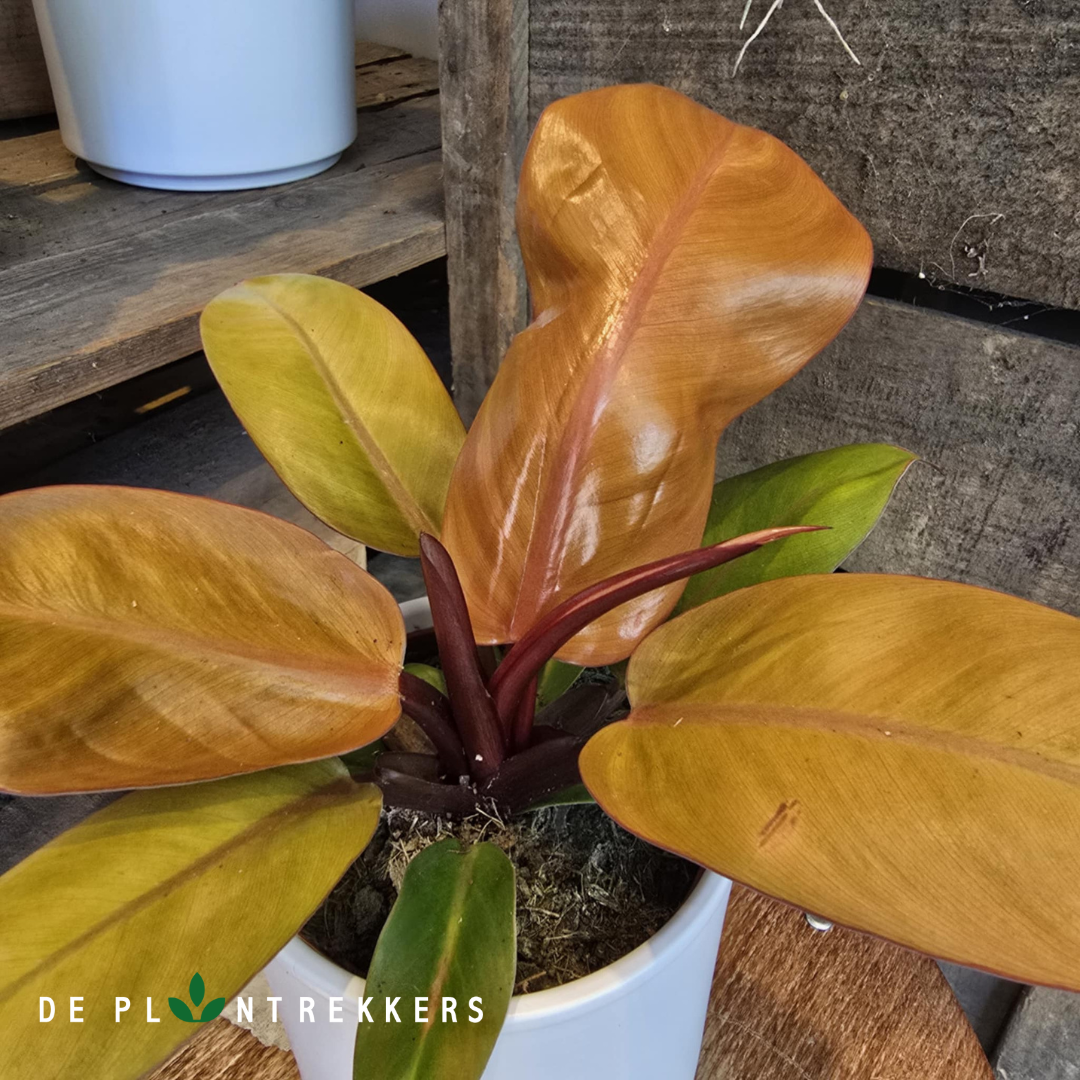
Frequently Asked Questions
How do you ship plants?
We always ship our plants well packaged and safely.
We do not ship on cold days and we also try not to ship during the weekends. This way plants are always in suboptimal conditions for a minimum time.
What is your shipping policy?
You can read our shipping policy here.
What payment methods do you accept?
We accept various payment methods online such as Bancontact, Visa, Mastercard, Paypal.
You can also pay with Ecocheques in our store in Leuven.
Can I return the products?
You can read our returns policy here.
Where do your plants come from?
Our plants always come straight from the grower to our shop. With minimal stops we prevent pests and diseases and keep the chain short!
Collections
-
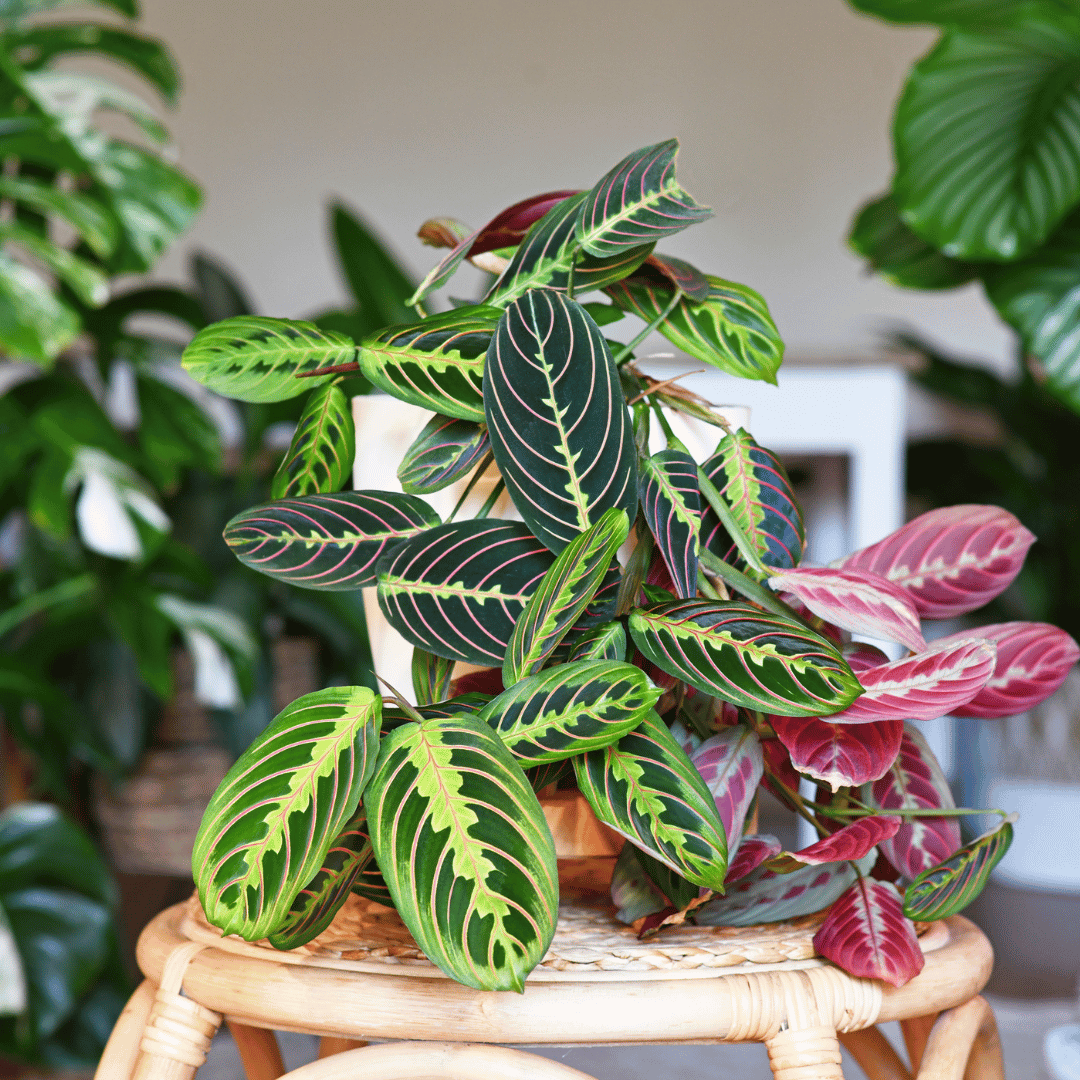
Buy Maranta's
Discover the unique charm of our collection of Maranta plants. With their...
-
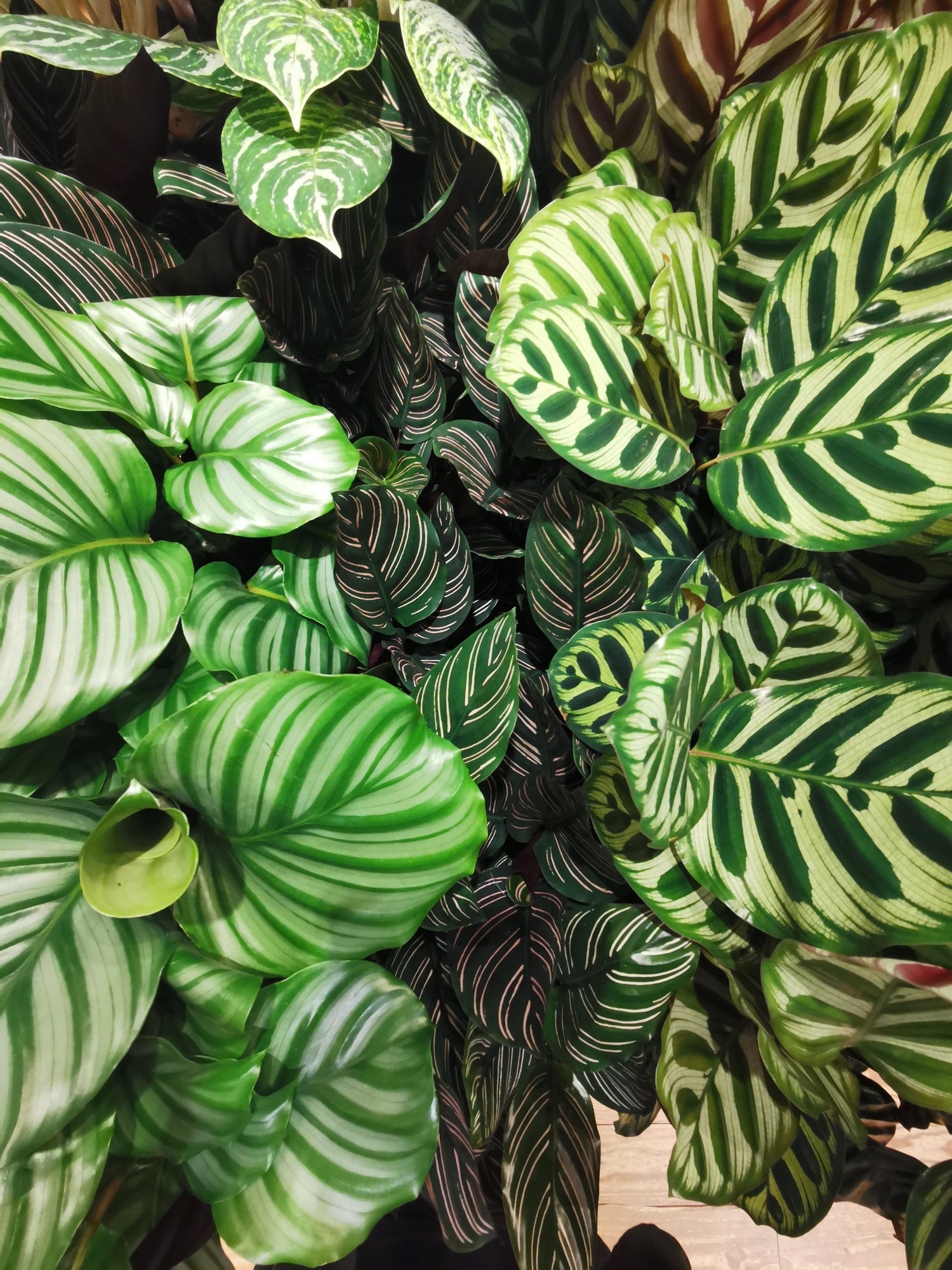
Buy Calathea
Are you looking for a beautiful and unique houseplant that will purify...
-
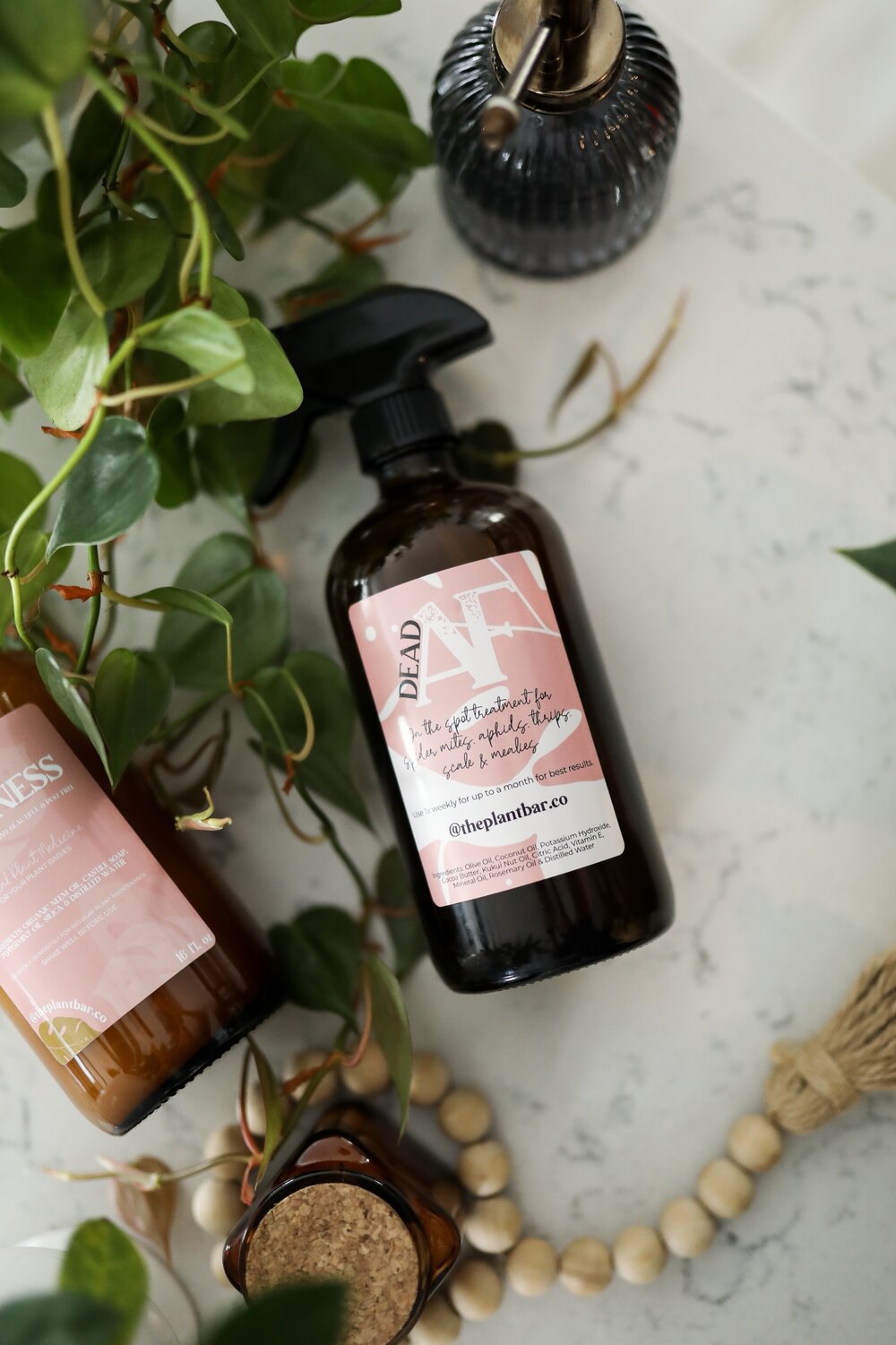
Accessories for Plant Lovers
In our store we have a wide variety of accessories to help...

